In Focus: The mesmerising automaton created by the man who made Chitty Chitty Bang Bang fly
The 'finest work' by Rowland Emett, the man who designed the machines for Chitty Chitty Bang Bang, goes on display at Bonhams until early September.
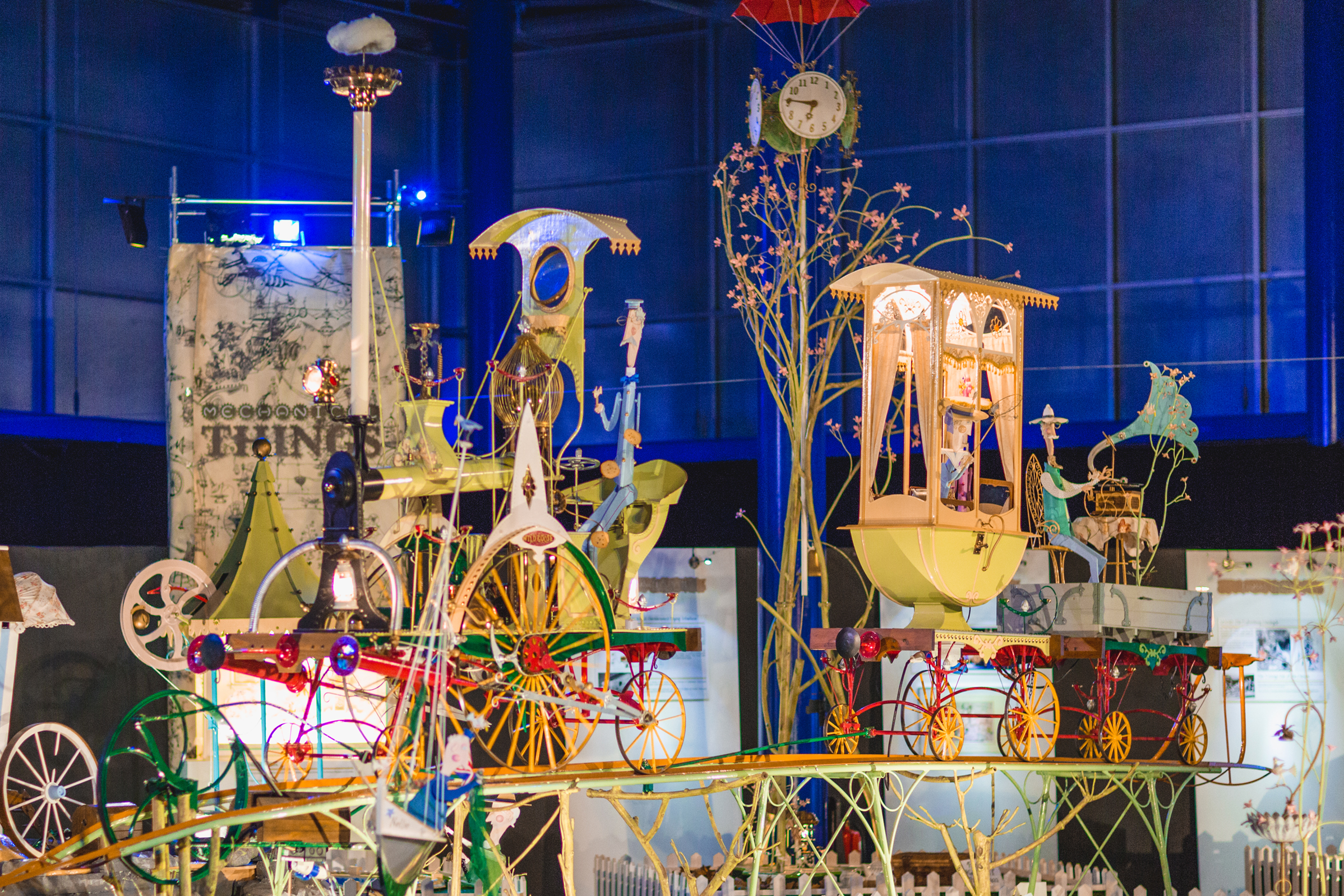

Fans of Chitty Chitty Bang Bang have a rare opportunity to see a working display of a whimsical automaton made by Rowland Emett, the inventor who designed the machines for the 1968 film of Ian Fleming's children's story. It will be on display at the Bonhams saleroom in London’s New Bond Street.
A 26-ft-long kinetic sculpture — Emett’s largest and finest work — is a masterpiece of English humour and eccentricity. It features the Wild Goose train, its tea-cake-toasting driver and its passengers chuffing along the magical Far Tottering and Oyster Creek railway line.
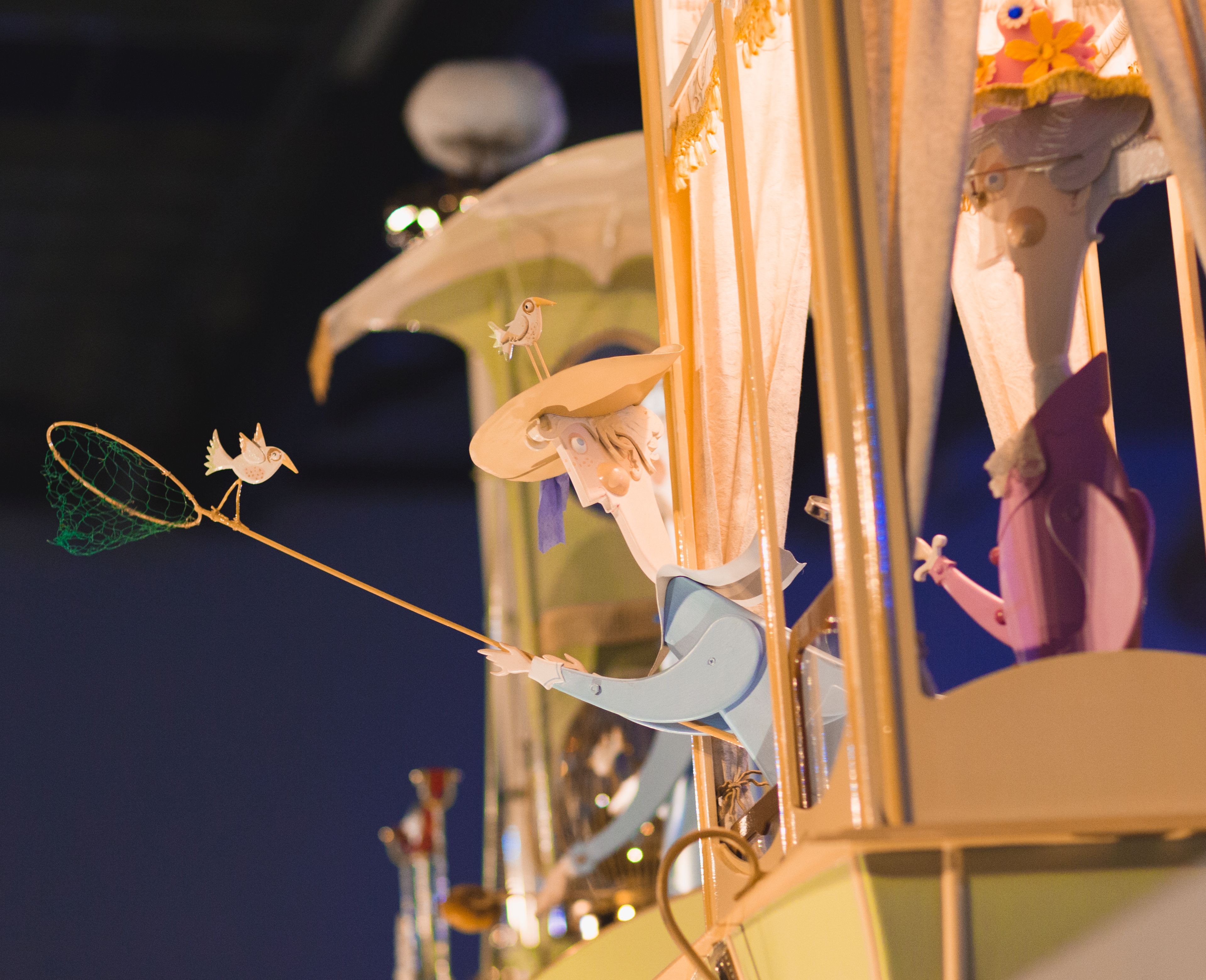
As they move along the tracks, they go past Cow Parsley Meadow, where a farmer plays the harp to his cattle; Shrimphaven Sands, where a fisherman catches a mermaid in his net; Wittering Woods, where an ornithologist disguised as a tree cycles around looking for birds, and Oyster Creek, where a gentleman in a striped Victorian swimsuit dives into the sea.
‘Children adore it, as do nostalgic adults,’ says Lucinda Bredin of Bonhams.
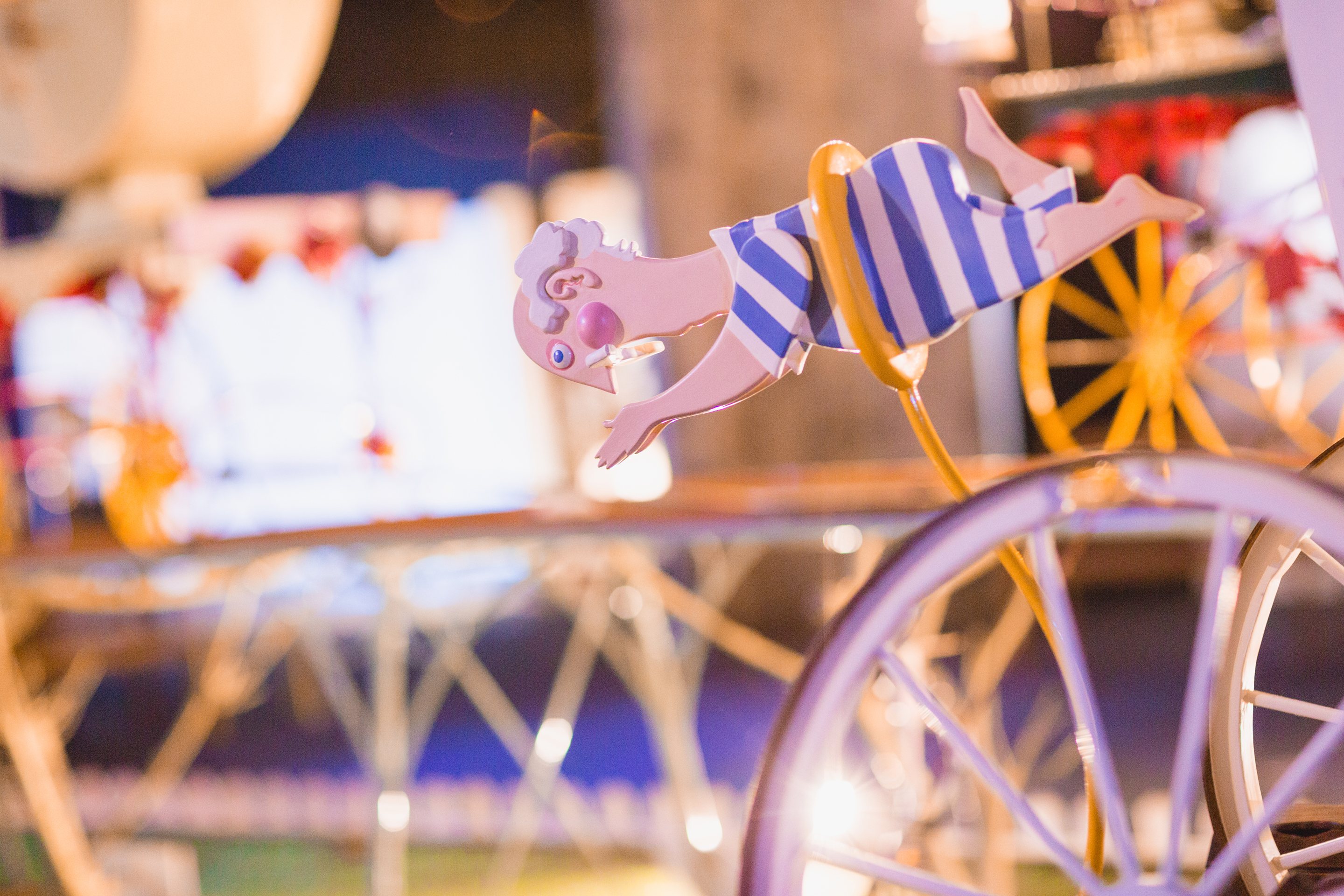
Born in London in 1906, Emett was something of a real-life Caractacus Potts, Chitty Chitty Bang Bang's mad inventor. One of Punch's leading cartoonists, he loved to draw trains.
In 1950, the organisers of the Festival of Britain asked him whether he could build a real version of his drawings — and that's how the Far Tottering and Oyster Creek railway line first came to life. Presented at the 1951 edition of the festival, it was a roaring success, attracting more than 2 million people.
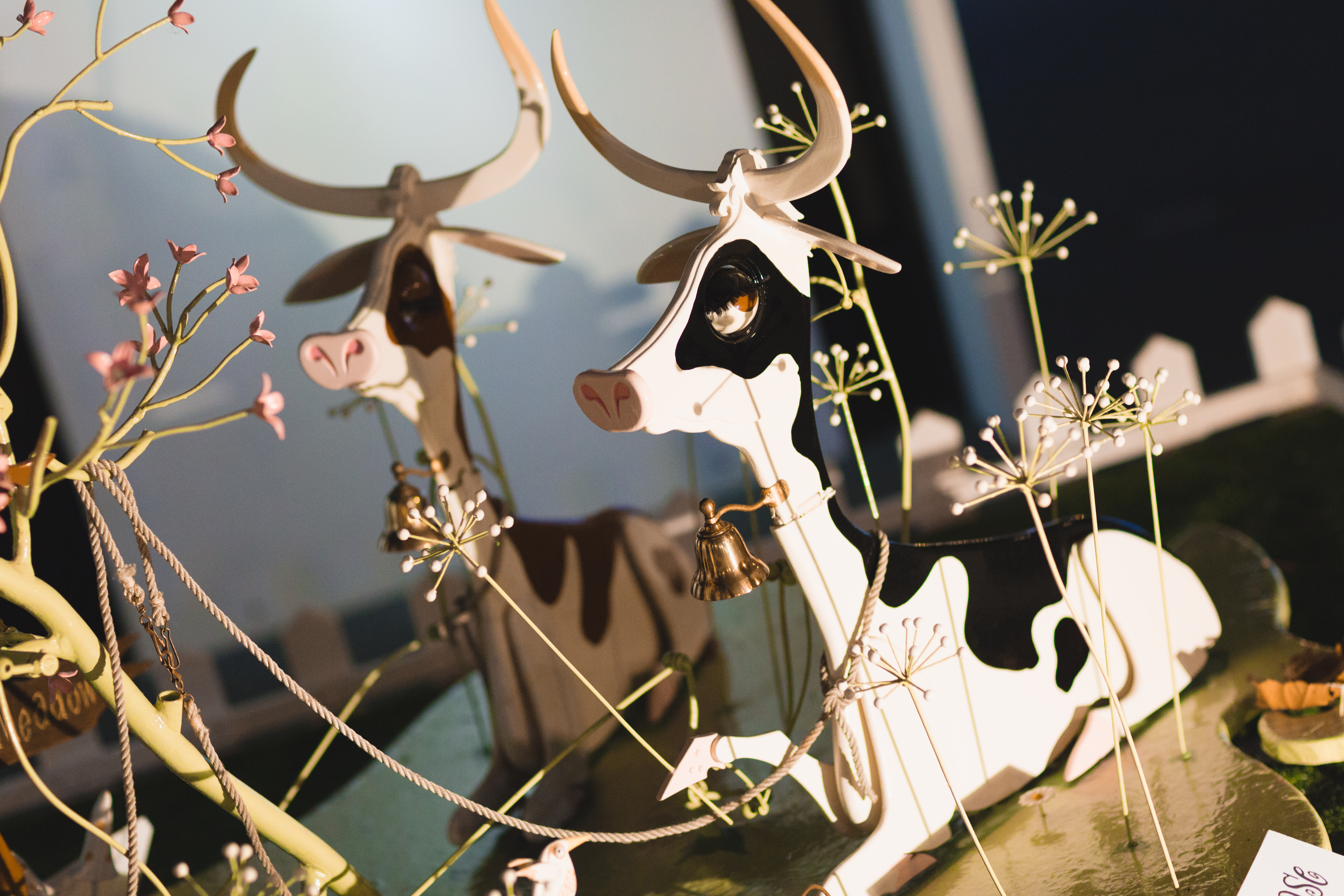
After that, he created countless other 'things', as he called them, from the Forget-Me-Not mechanical computer to The Aqua-Horological Tintinnabulator — a water-powered musical clock for a Nottingham shopping centre. However, he considered the 26ft train automaton to be his ‘finest work’ and gave it the charmingly eccentric title of A Quiet Afternoon in the Cloud Cuckoo Valley.
Exquisite houses, the beauty of Nature, and how to get the most from your life, straight to your inbox.
Despite the name, though, the sculpture’s history has been anything but quiet. By the time it was completed in 1984, it was no longer required for the Basildon shopping centre that had commissioned it. Bought by the current owner, it only made its first appearance at Spitalfields Market in 1992 — two years after Emett’s death.
And, much like Chitty Chitty Bang Bang’s flying car, A Quiet Afternoon in the Cloud Cuckoo Valley has had a close encounter with the scrapyard. Stolen from the Hertfordshire warehouse where it had been stored, it was sold to a scrap metal dealer in 1999. Luckily, the man became suspicious and called the police — he must have been shocked to discover that the train set he had bought for £100 was actually worth closer to £250,000.

Since then, the automaton has been fully restored by artist Andy Hasler and fitted with a new digital control system.
Previously exhibited at the Birmingham Museum and Art Gallery in 2014, A Quiet Afternoon in the Cloud Cuckoo Valley will now be on show until September 3, 2019 at 12pm. It will then be sold in a stand-alone auction, where it’s expected to fetch six-figures.
Admission to the display is free and opening hours are Monday to Friday, 9am-4.30pm. For more information, visit Bonhams.
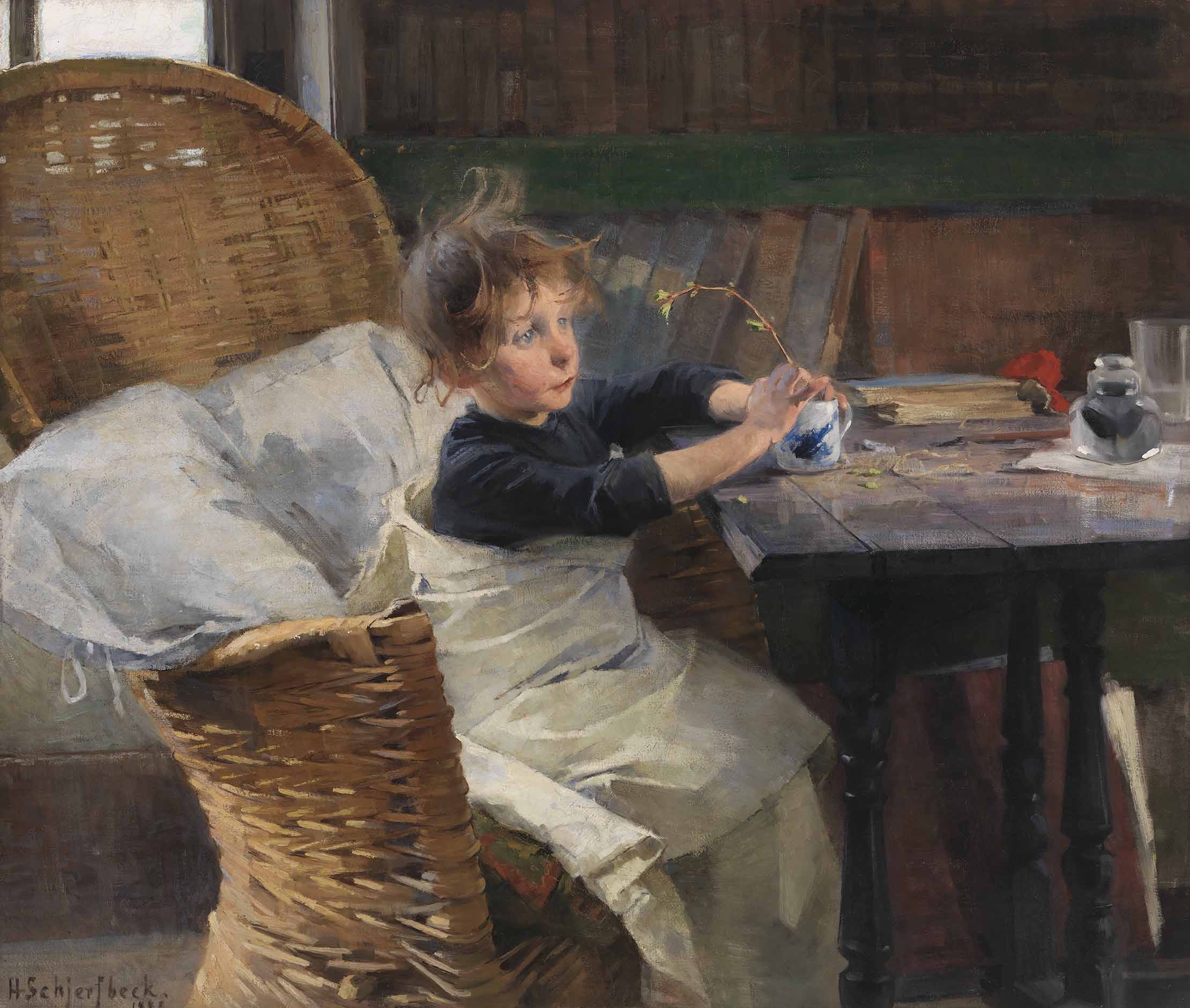
In Focus: The masterpiece painted in Cornwall by an iconic Finnish artist
Helen Schjerfbeck is a national icon in Finland but hasn't had a solo exhibition in Britain since the 19th century.

Credit: David Milne, Tent in Temagami, 1929, Collection of the Tom Thomson Art Gallery, Owen Sound, Ontario, bequest from the Douglas M. Duncan Collection, 1970. © The Estate of David Milne
In Focus: The Canadian hermit's work that is a dystopian alternative to Monet
Canadian artist David Milne moved from city to country, eventually ending up as a hermit in a remote part of
Carla must be the only Italian that finds the English weather more congenial than her native country’s sunshine. An antique herself, she became Country Life’s Arts & Antiques editor in 2023 having previously covered, as a freelance journalist, heritage, conservation, history and property stories, for which she won a couple of awards. Her musical taste has never evolved past Puccini and she spends most of her time immersed in any century before the 20th.
-
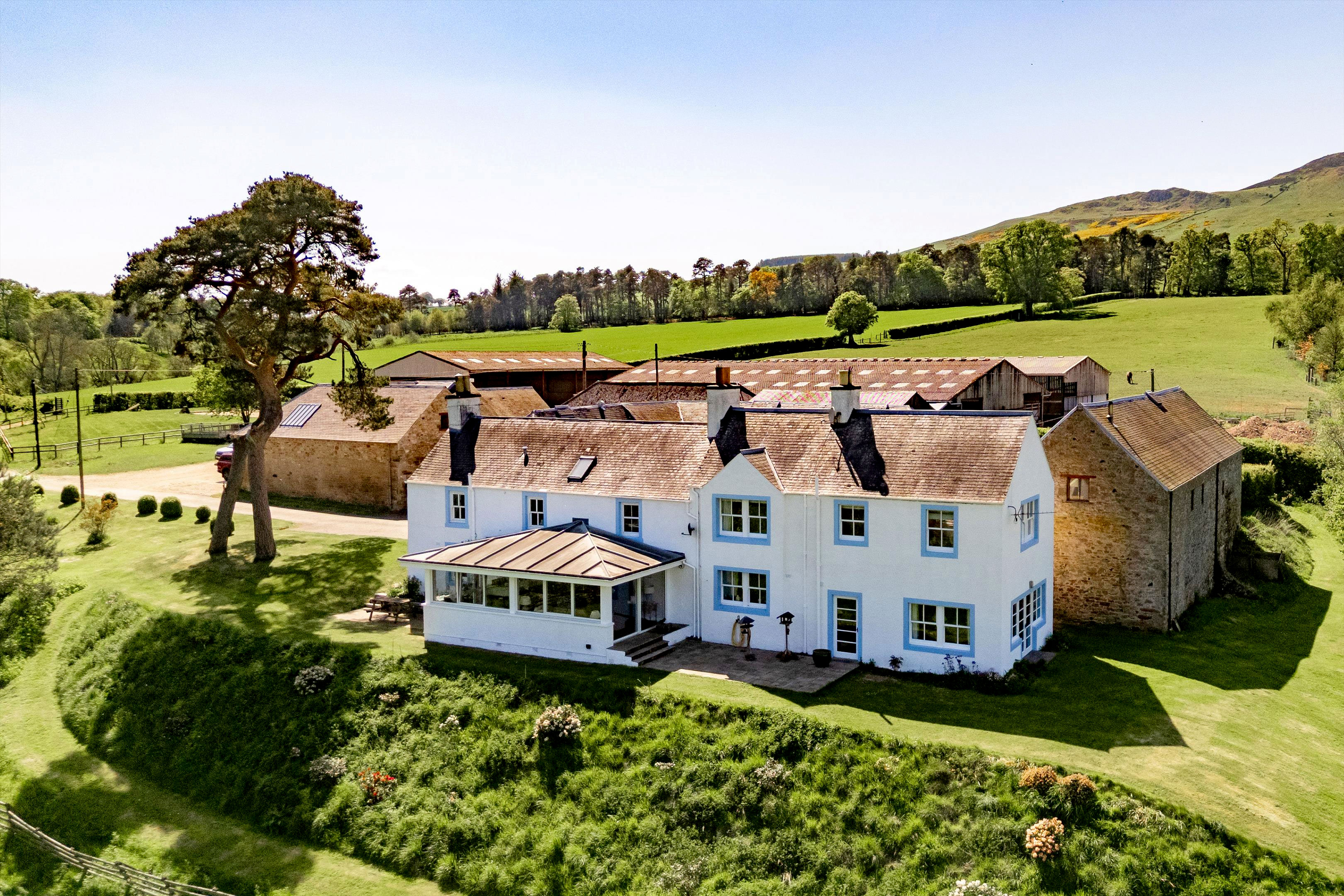 A beautiful old farmhouse in 15 acres of breathtaking Scottish scenery, for sale at just £825,000
A beautiful old farmhouse in 15 acres of breathtaking Scottish scenery, for sale at just £825,000A wonderful country home with almost 15 acres of land has come up for sale at a price which will make urban dwellers question their life choices.
-
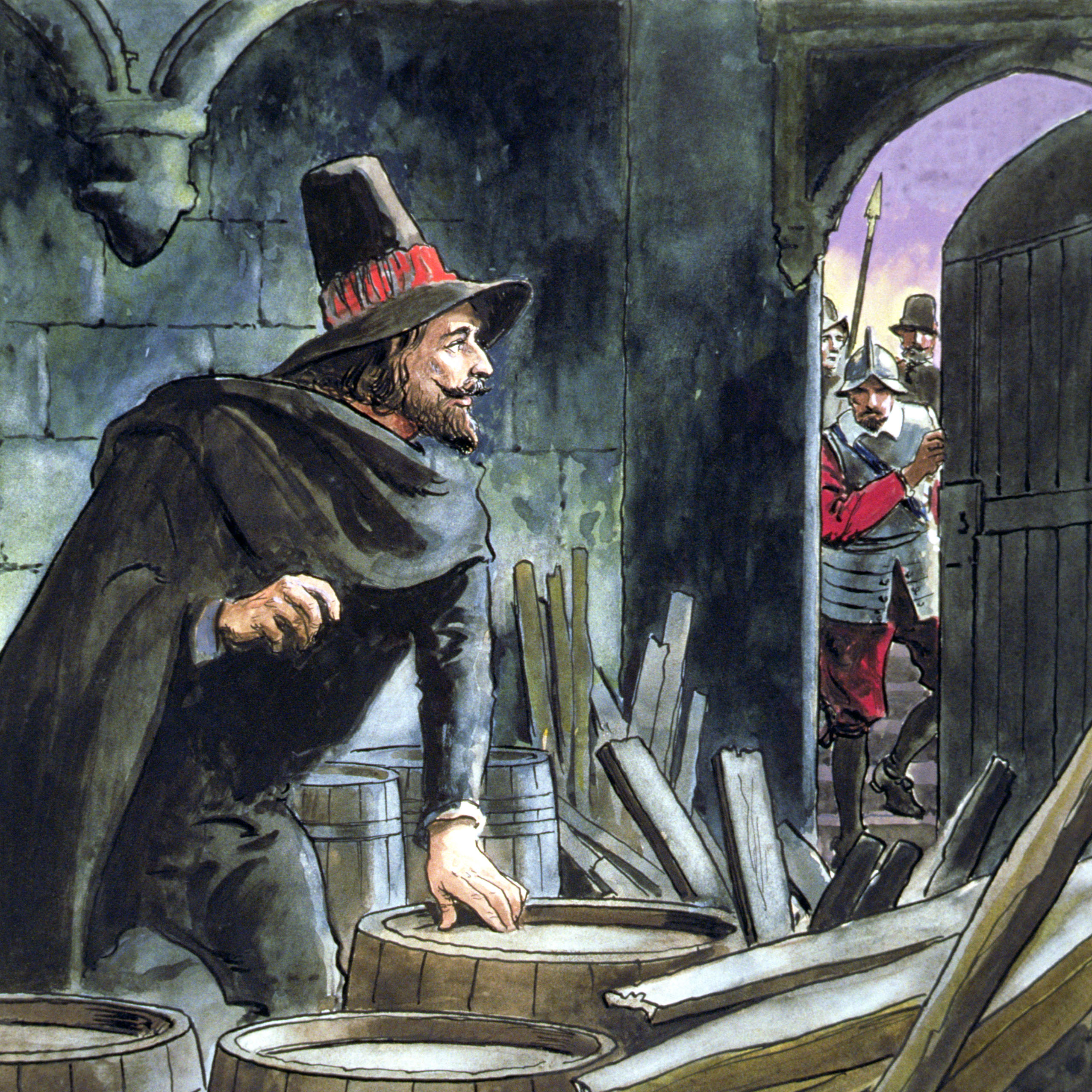 Remember, remember to take the Country Life Quiz of the Day, November 5, 2025
Remember, remember to take the Country Life Quiz of the Day, November 5, 2025It's a banger.
